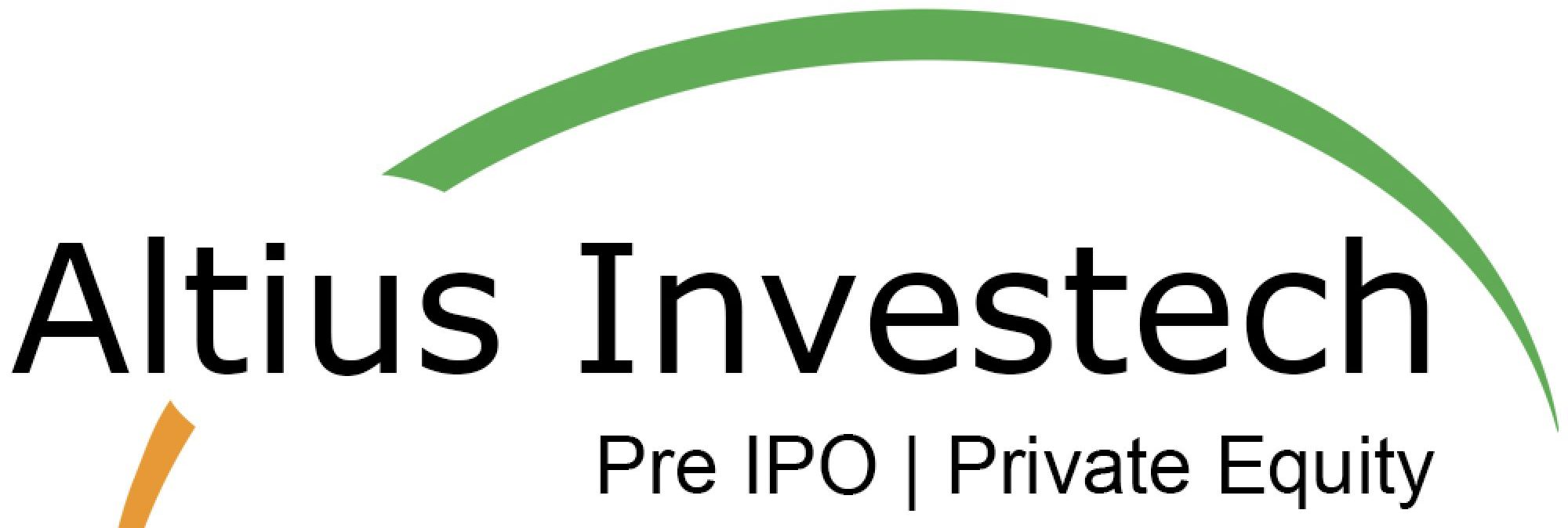MobiKwik filed its DRHP with SEBI in order to raise Rs.1900 crores through an IPO. Bipin Preet Singh and Upasana Taku launched the company in 2009, and it was one of the first fintech startups to go public. Several others, like PayTM and Policybazaar, are anticipated to follow soon. It’s an exciting time for India’s finance industry! We are not here to tell you whether or not to invest in this IPO. Instead, we look at what MobiKwik’s DRHP can teach us about their business model and the economics of a payments-first company plan.
Website: https://www.mobikwik.com/
Content Bank
What is the business model of Mobikwik?
But how is their BNPL business doing?
What are the economics of a payments-first business model?
What is the business model of Mobikwik?
MobiKwik started as a payment wallet and continues to use its wallet offering as the primary distribution channel to acquire customers and merchants. Their goal is to create a payment ecosystem where both customers and merchants benefit via discounts and higher spends respectively. They operate 3 key business segments – Consumer payments, BNPL and Payment gateway. Let’s start with the GMV for each:

Let’s start with consumer payments and look at the economics of each segment. Revenue is primarily driven by merchant fees, while costs are driven by payment gateway costs (direct costs) and rewards/discounts (user incentives).

The BNPL business, despite smaller GMVs, appears to have higher operating revenues. Revenue drivers are mainly MDRs, late fees and one time activation fees, Costs are credit costs – financial guarantees to lending partners.

The payment gateway business is cross sold to enterprise merchant partners within their network. Operating profits and margins in this business are lower than their other two verticals. Revenue drivers are transaction revenue, Costs are payments to banking partners (direct cost).

Let’s zoom in on the B2C businesses – BNPL and payments. At ~100 million users, MobiKwik’s consumer base is large and new user additions are rapid at ~20%.

BNPL conversion is currently less than 1%, however this may improve with time. MobiKwik’s incremental CAC and variable opex for the BNPL sector are near negligible due to the enormous wallet user base. In the long run, a well-managed BNPL plan (with ‘graduate’ to higher lines) could be quite appealing.

But how is their BNPL business doing?
BNPL is a great way to acquire borrowers: start them off with low lines and graduate to higher lines/ tenures based on performance. MobiKwik gives borrowers lines of upto 30K (branded “Zip”) and subsequently graduates them to lines of up to 1 lakh (branded “Zip EMI”). Let’s start with a basic overview of their BNPL business.

Annual disbursals are down to ~300 Crores V/s 485 Crores last year. Per user spend is low, but reasonable from a BNPL standpoint.

Benign scenario: Let’s look at the unit FY 2020 economics. Assuming zero CAC and opex, return on GMVs look healthy. MobiKwik FLDG arrangements range between 5-15% – assuming an average of 10%, ROE equivalents for this business are >30%. Note that economics would look much better on a per revolving GMV basis (financial guarantees to lending partners denoted as funding costs, loss provisions denoted as losses).


Worsening scenario: A detailed analysis into FY2021 reveals negative economics, suggesting that BNPL lending is not resilient. Higher revolve rates are expected in FY 2021, thereby increasing yields while decreasing effective NIMs (realized yields not covering funding costs).


What are the economics of a payments-first business model?
Let’s break down the economics of MobiKwik’s standalone consumer payments business. Overall economics are positive, but is that good enough?

Let’s combine the consumer payments and BNPL business and make an overall assessment of Long term value V/s CAC (excludes new users booked in FY 2020).

While the consumer industry has strong unit economics, EBIDTA breakeven implies a 2.7X multiple on operating profit. There are two methods to get there: multiply your users by 2.7X, or increase your LTV by 2.7X. Given the poor conversion rate of BNPL (less than 1%), the latter appears more feasible (the actual path is likely somewhere in between the two though).

The current LTV is a robust 3.3 (assuming a 5-year relationship value per customer). To achieve profitable EBIDTA, LTV should at the very least reach 9. (assuming user growth is static).
Finally, MobiKwik’s economics show that to achieve complete cost profitability, payment-first enterprises require numerous revenue lines, longer maturation, and perhaps a huge user base. What are your thoughts?
To invest in MobiKwik, Click Here
Also Read: “Does Investing in SFBs Make Sense?”

